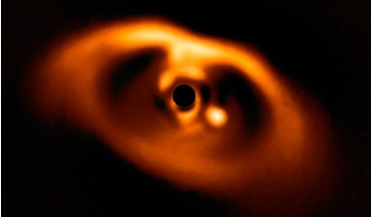 02 July 2018
Baby planet in dusty disc finally caught on camera
02 July 2018
Baby planet in dusty disc finally caught on camera
... many times, a confirmed image of such a scenario has been lacking. Now, using SPHERE, a planet-hunting instrument on ESO’s Very Large Telescope, astronomers have finally captured the very first image of a protostar circling the very...
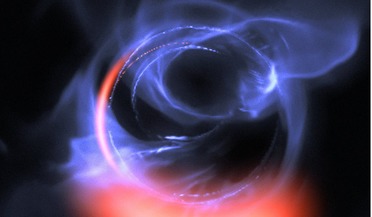 31 October 2018
Black hole status of the Milky Way centre confirmed with striking new data
31 October 2018
Black hole status of the Milky Way centre confirmed with striking new data
... centre of our galaxy, capturing concrete evidence of its existence is tough. But now thanks to new data from ESO’s GRAVITY instrument, a ring of extremely fast moving material has been spotted racing around near its event...
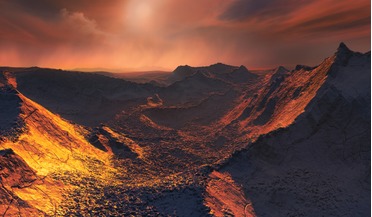 14 November 2018
Super-Earth exoplanet found around closest single star to the Sun
14 November 2018
Super-Earth exoplanet found around closest single star to the Sun
... capable of noticing that a stars velocity has slowed by the walking pace of a human – a tiny 3.5 kilometres an hour – but ESO’s planet-hunting HARPS instrument is one of them and its unprecedented accuracy helped the team to spot the...
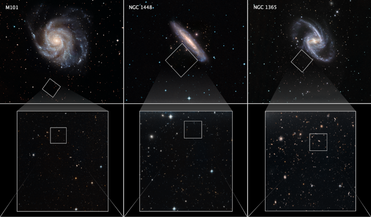 17 July 2019
New measurement deepens mystery of Universe’s expansion rate
17 July 2019
New measurement deepens mystery of Universe’s expansion rate
... Hubble fields. The red giants are identified by yellow circles. Image: NASA, ESA, W. Freedman (University of Chicago), ESO, and the Digitized Sky Survey.
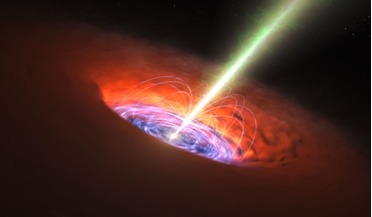 26 July 2019
Three massive black holes caught in the act of merging
26 July 2019
Three massive black holes caught in the act of merging
When astronomers made the first observation of a binary black hole merger in February 2016, it was not just gravitational waves that were caught rippling through Earth; a wave of feverish excitement reserved for only the most spectacular of ...
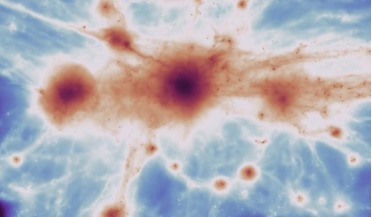 04 October 2019
Have ancient filaments helped uncover the nature of dark matter?
04 October 2019
Have ancient filaments helped uncover the nature of dark matter?
... 12 billion light years away in the early Universe. Using the Multi Unit Spectroscopic Explorer (MUSE) at the ESO Very Large Telescope (VLT) in Chile and the Suprime-Cam at the Subaru telescope, the team’s detailed...